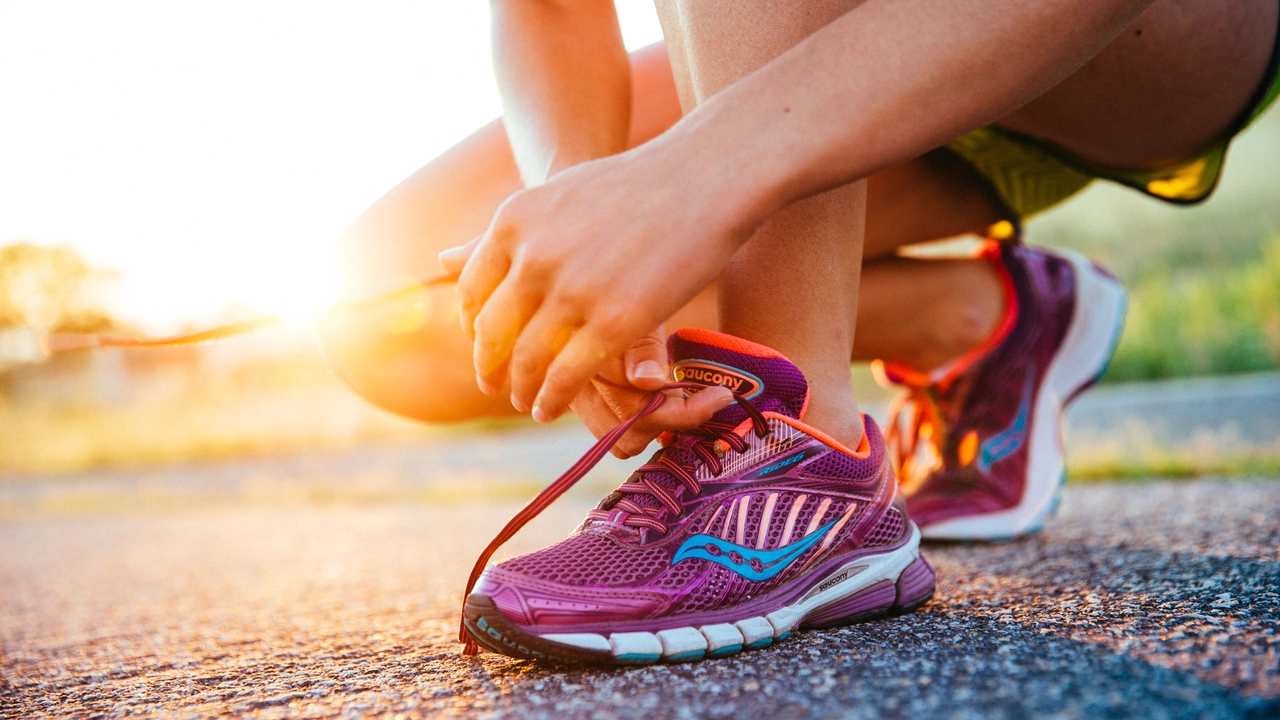Understanding the Basics of Running Shoes
Before we delve into the specifics of whether or not your heel should move in running shoes, it's important to understand the basics of these shoes. Running shoes are specifically designed to provide support, cushioning, and stability to your feet while you're on the go. They're meant to protect your feet and lower limbs from the stress and strain of running. As such, the fit of your running shoes is crucial to not only your comfort but also your performance and safety.
When it comes to the fitting of your running shoes, many factors come into play. These include the size of the shoe, the width, the shape of your foot, and even the socks you wear. But one aspect that's often overlooked is the movement of the heel in the shoe. The amount of heel movement allowed in a shoe can significantly affect your running experience. Let's explore why.
The Importance of Proper Heel Fit
The heel is a crucial part of your foot when it comes to running. It is often the first part of your foot to make contact with the ground, meaning it absorbs a lot of impact. A shoe that doesn't properly support your heel can lead to discomfort, injuries, and decreased performance. Furthermore, if your heel is constantly moving or slipping in your shoe, it can cause friction and result in blisters.
On the other hand, a shoe that is too tight around the heel can also cause problems. It can lead to pressure points, discomfort, and even conditions like Achilles tendonitis. Therefore, finding the right balance is key. Your heel should feel secure in the shoe, but not restricted.
How Much Heel Movement is Acceptable?
So, how much heel movement is acceptable in running shoes? The answer is, it depends. Some movement is normal, especially when you're breaking in a new pair of shoes. However, excessive heel movement can be a sign that your shoes aren't fitting properly. As a general rule of thumb, your heel should not move more than a few millimeters in any direction when you're running.
If your heel is moving more than this, it could be because your shoes are too big, too wide, or not properly laced. It could also be due to the shape of your heel or the style of the shoe. In any case, it's something that needs to be addressed to prevent potential problems.
Methods to Prevent Excessive Heel Movement
If you're experiencing excessive heel movement in your running shoes, there are several things you can do. First, make sure your shoes are the right size. Remember, your running shoe size might be different from your regular shoe size because your feet tend to swell when you run. Also, try different lacing techniques. Some methods can provide better heel lock than others.
Adding heel grips or insoles can also help. These accessories can fill up extra space in the shoe and provide more support and cushioning for your heel. But, if you've tried all of these methods and you're still experiencing excessive heel movement, it might be time to look for a different style of shoe or consult a podiatrist.
Choosing the Right Running Shoes
Ultimately, the best running shoes for you are the ones that fit you well and feel comfortable. Every runner is different, so what works for one person might not work for another. When choosing running shoes, consider factors like your running style, the shape of your foot, and your personal preferences. Always try on multiple pairs and styles, and take the time to run in them before making a decision.
Moving the heel a little bit in running shoes is okay, but excessive movement can lead to problems. Remember, the goal is to find a shoe that offers a balance between support and flexibility. Your heel should feel secure, but not restricted. By paying attention to the fit of your heel, you can improve your comfort, performance, and safety while running.
Final Thoughts
In conclusion, while some heel movement in running shoes is acceptable, too much can lead to discomfort and potential injuries. Ensuring your shoes fit properly and provide the right support for your heel is crucial for a comfortable and safe running experience. Don't hesitate to seek advice from professionals if you're unsure about the fit of your shoes or if you're experiencing persistent problems. Running is a wonderful activity, but it's important to take the necessary precautions to protect your feet and enjoy your runs to the fullest.

Write a comment